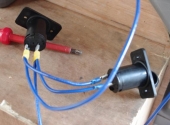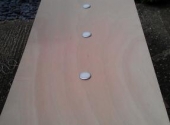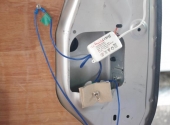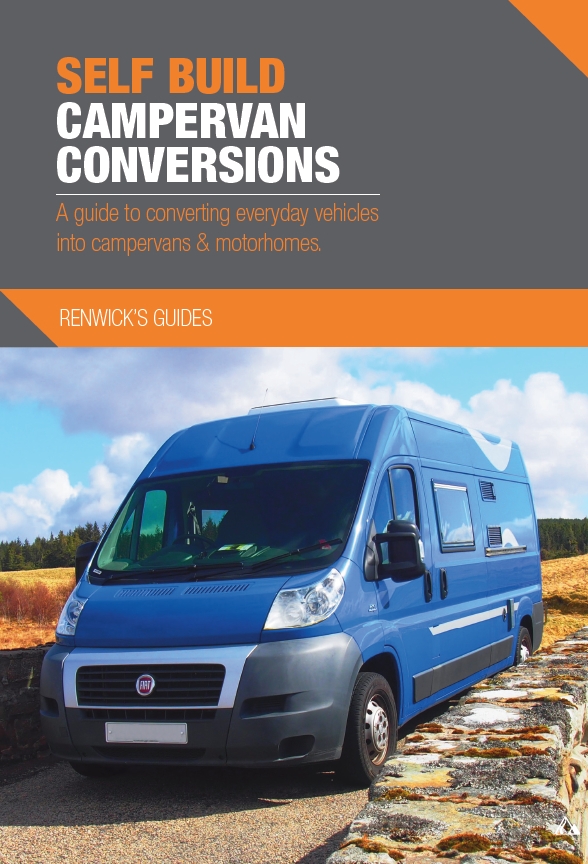Electrics
| ClimbingVan's - Task: Wiring & Electrics | |
| Write up for their project Road Trip Wagon! | Status: 
|
Click on images to enlarge - full task gallery at bottom of page
The first major job on the van was to do the electrics, after hours/days/weeks of researching online I had decided what I wanted;
-Leisure Battery
-4 12v DC sockets (1 for the fridge and 3 for charging laptop/phones/etc)
-8 LED spot lights (Ikea is a bargain, see below for details)
-1 Gas Alarm (safety first!)
-Power for a propex heater
-Battery Relay (to charge the leisure battery when the engine battery is full)
The first decision was what size battery to go for, after hours of calculating duties and run time I decided to go for a 125Ah. This seems like a good compromise of price to power (I have not run it flat yet and have been using it for 6 months).
After that was how to keep the battery charged you could simply bridge the engine and leisure battery (+to+ and -to-) but this would mean that the batteries work as one effectively and you could be left with a flat battery in the morning. To solve this I put a volt sensitive relay in which I found on ebay the instructions were pretty good and this means that there is no risk of waking up to a flat battery, however be aware I have friends that bought cheap relays and have woken to flat batteries I spent about £25-30 on mine which seems reasonable.
Once this is done you can move onto the stuff you really want to do. The first thing I did was install a small fuse box so that I could ensure everything had a fail safe. From this I ran two cables to where the light switches were going to go, one to where two sockets were going to go and another to where the other sockets were going to go. I only ran one cable to each pair of sockets as you can piggy back the cable from one to the other to save loads of cable everywhere. If you are going to do this however be aware you should chose a reasonably thick cable so they do not over heat (mine was 2.5mm). The gas alarm and heater came with their own looms and were wired to the fuse box.
Everything was earthed to the body or chassis to the van to save running second cables everywhere.
Now a bit more detail on the lighting. I looked at all the fancy campervan lights, these seemed expensive. I found some LED spotlights from IKEA which came in a pack of 4. These were designed to run on 240V. I converted these to run on 12V DC by using 12V regulators for DC I then took out the 240 V transformers that came with the lights (in the rectangular plastic boxes)and exchanged them for the regulators and wired these to the fuse box. The cost breakdown was £40 for lights £8 for 2x12vDC regulators, which is a lot cheaper and easier than the expensive purpose made spotlight you can buy.













